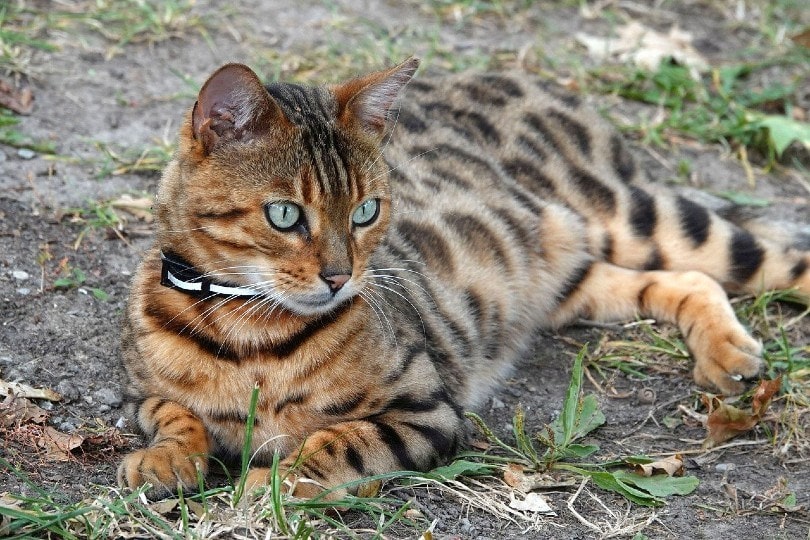
Bengal cats have gorgeous wild markings and friendly personalities. They are agile and active yet gentle and loving. They bond quickly with their human companions and display their loyalty daily. Sadly, Bengal cats (like most cat breeds) are prone to certain health conditions that every owner should be aware of. Here are 14 common concerns that could affect your Bengal cat at some point during their life.
The 14 Most Common Bengal Cat Health Problems
1. Progressive Retinal Atrophy
Also referred to as PRA, progressive retinal atrophy involves genetic disorders that cause the degeneration of a Bengal cat’s eyes. As time goes on, a Bengal cat with PRA may experience vision loss. Some cats even become blind due to the disease. Some cats start to display signs of PRA while still kittens, while others do not show signs until later in life.
Unfortunately, progressive retinal atrophy is inherited, so it affects both males and females. If you notice signs that your kitty is not seeing as well as they used to, it is important to schedule a checkup with your veterinarian as soon as possible and let them know your concerns so proper testing can take place.
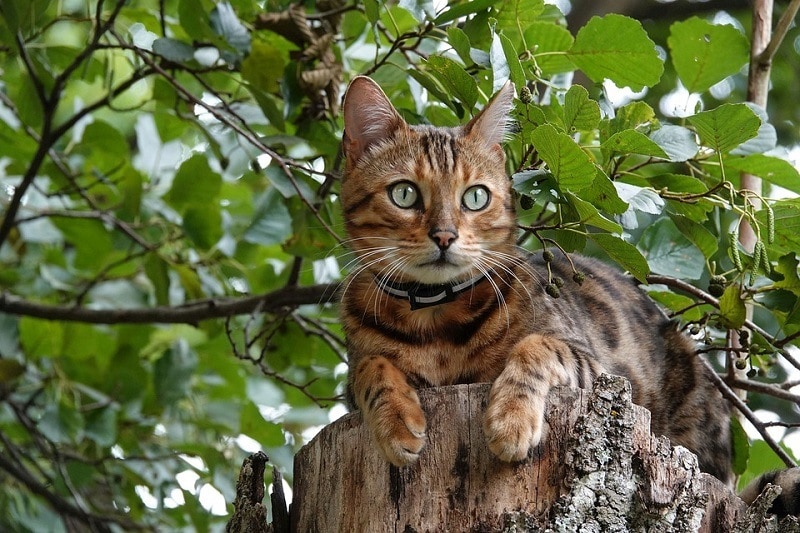
2. Dental Disease
A common problem for Bengal cats is dental disease. Like most cats, Bengals don’t have the means of taking care of their own teeth. Without help from their owner, the chance of developing dental disease is high for the average Bengal cat. In severe dental disease cases, a Bengal cat can lose their teeth or develop organ damage. To avoid serious infections or diseases, it is important to take steps that will remove food and residue from your cat’s teeth and gums regularly. This can be done through brushing and by offering dental treats to your cat each day. Don’t forget to take your Bengal cat for professional teeth cleaning at least once a year.
3. Hip Dysplasia
While most commonly known as a dog problem, hip dysplasia is something that some cat breeds, like the Bengal, are susceptible to. This disease is caused by an abnormality in the hip joints that causes the bones to grind against each other resulting in progressive damage and lameness. Hip dysplasia typically affects the back legs, which makes walking, sitting, and standing extremely difficult.
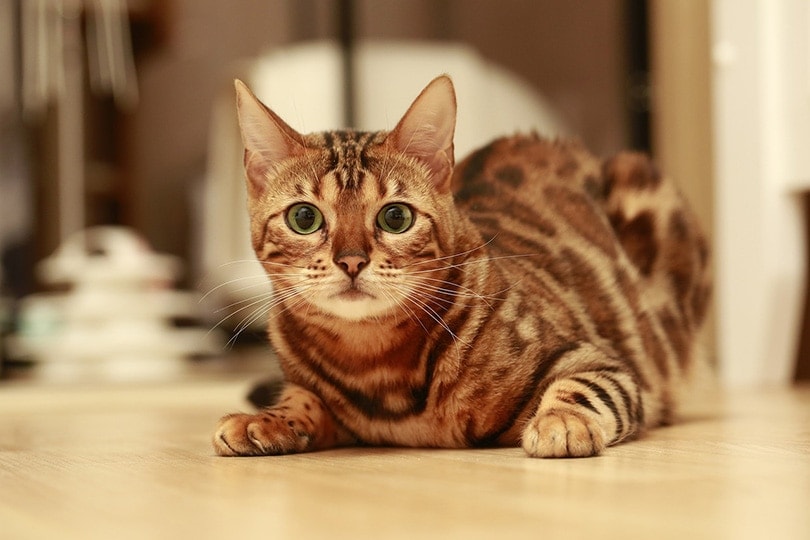
4. Lymphoma
According to the American Society for the Prevention of Cruelty to Animals, lymphoma is one of the most common illnesses that Bengal cat owners make claims for through their pet insurance companies. Lymphoma affects lymphocytes, a kind of white blood cell, so the cancer can be found anywhere, including the gastrointestinal tract, lymph nodes, and kidneys.
5. Bilateral Luxating Patella
Bengal cats are susceptible to suffering from luxating patella. This is a condition where the knee cap moves out of its place in the knee joint, and can lead to arthritis. Luxating patella can occur from physical trauma, genetic predisposition, or as a secondary complication to hip dysplasia.
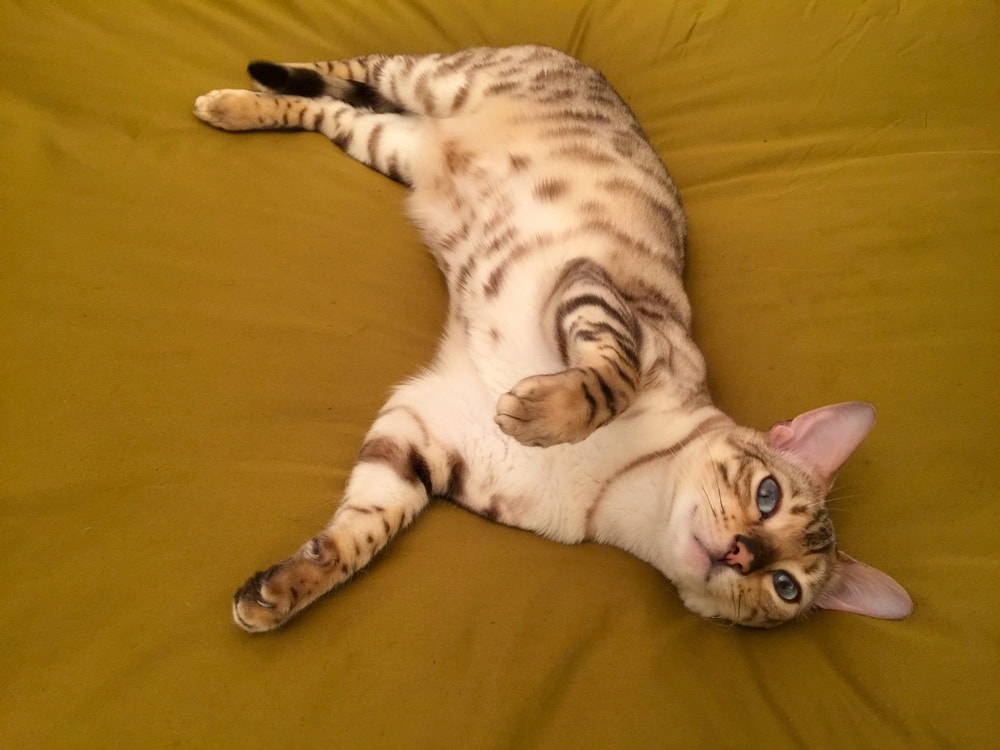
6. Anesthesia Sensitivity
Bengal cats are known to be very sensitive to certain anesthetics and are known to have adverse reactions to Ketamine. So, if your Bengal cat ever needs surgery, have a quick discussion with the veterinarian to ensure they are aware of this. They can then pre-sedate and use a Bengal-safe anesthetic for the procedure.
7. Kidney Disease
Kidney disease is a common development for Bengal cats, so it’s important to look out for signs of the disease as your kitty ages. Some cats are born with abnormal kidneys and develop renal failure early in life. However, most of the time, poor diet and chronic dehydration triggers kidney disease and eventually, complete renal failure. Sadly, there is no cure for kidney failure, although some veterinarians offer transplant services. Other treatments can provide a cat with at least 2 years of extra life.
8. Heart Disease
One of the most serious conditions to keep an eye out for, heart disease can develop in all cat breeds, including the Bengal. There are two types of heart disease to be aware of: congenital heart disease and adult-onset heart disease. Bengal cats can be born with a heart defect that is referred to as congenital heart disease. These cats can also develop adult-onset heart disease, which affects the heart muscle. It is not clear what causes adult-onset heart disease exactly, but we do know that diet and lifestyle play a role. Older Bengals tend to develop a condition called hypertrophic cardiomyopathy, where the heart muscles thicken, causing it to work much harder and resulting in blood clots, thrombosis, and congestive heart failure that can be fatal.
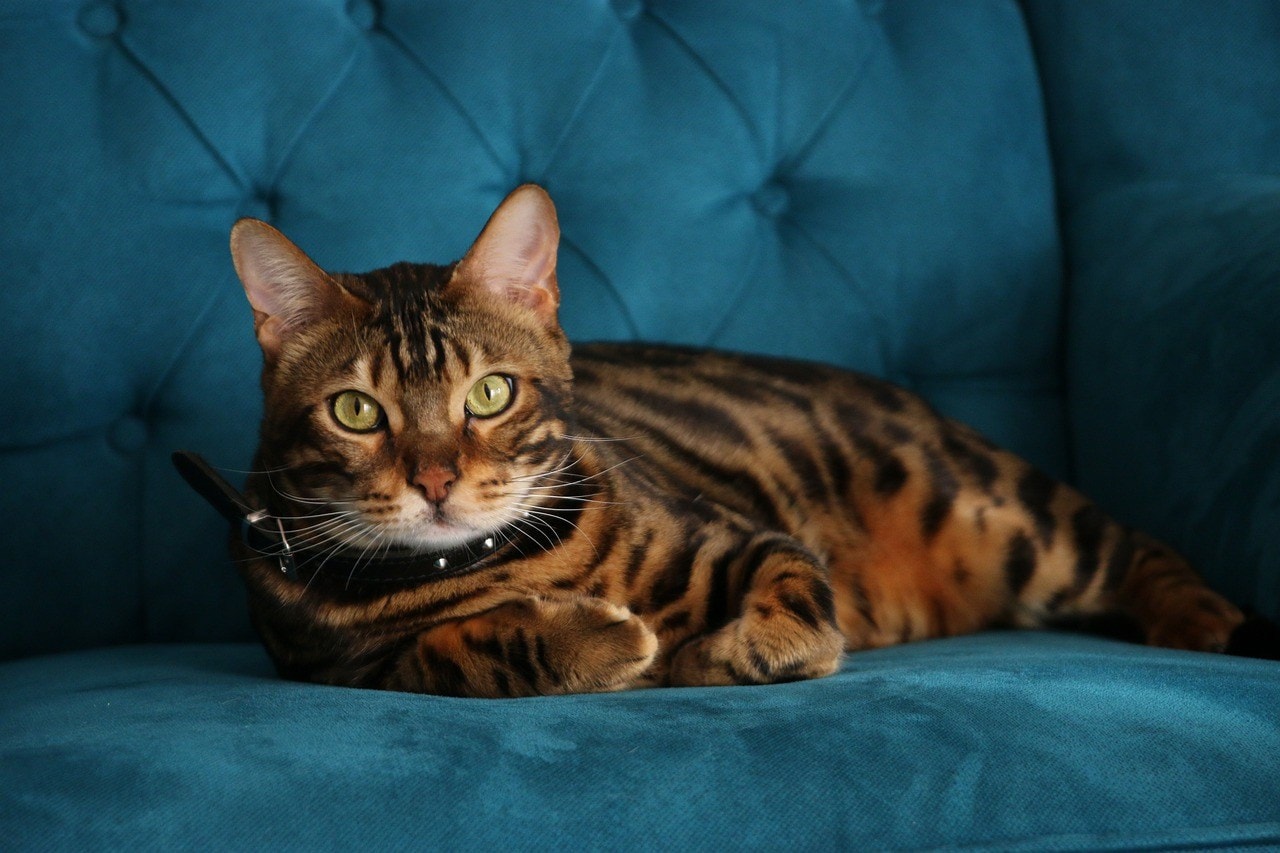
9. Liver Disease
An organ that is commonly affected by disease in Bengal cats is the liver. When a cat develops liver disease, they may show signs of lethargy and weight loss. However, more than two-thirds of a cat’s liver must be damaged to go into liver failure. Therefore, if the disease is caught early and treated, recovery is possible.
10. Gastrointestinal Disorders
It’s normal for cats to get the occasional upset belly, where vomiting or diarrhea occurs. However, kitties with gastrointestinal disorders tend to show signs of stomach upset regularly. The causes of gastrointestinal disorders vary, so it is important to schedule a checkup with a veterinarian if you suspect that your cat is suffering from GI problems. Signs of gastrointestinal distress include lethargy, a loss of appetite, abdominal swelling, and problems swallowing.
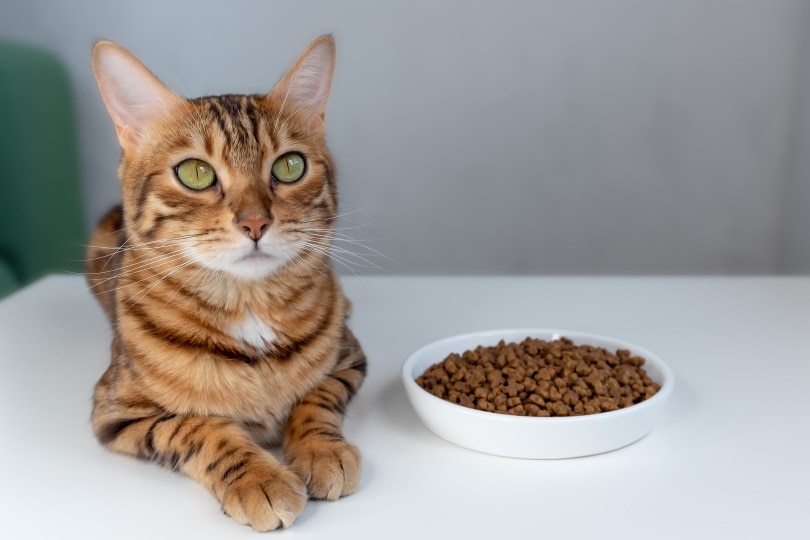
11. Feline Infectious Peritonitis
This is a virus that affects the gastrointestinal tract. The virus causes diarrhea, especially in younger kittens whose immune systems have not fully developed. The virus can be eradicated through multiple treatment options, such as antivirals, immunostimulants, and anti-inflammatory medications.
12. Hypothyroidism
This is a disease that many cat breeds, such as the Bengal, are susceptible to. Hypothyroidism typically develops in old age and can be an indicator that a tumor is present near the thyroid glands. Luckily, hypothyroidism can be treated if caught early enough.
If you notice an enlarged lump in your cat’s neck, or your cat is losing weight regardless of consuming a good diet, it’s time to head to the veterinarian’s office.

13. Feline Diabetes
Like all other cat breeds, the Bengal cat is prone to developing type 2 diabetes when they get older. As is the case for humans, obesity is a leading cause of diabetes in cats. Steroid treatments for problems like asthma can also lead to the development of feline diabetes in cats.
14. Allergies
Allergies affect a great number of cats and are caused by an overreaction of the immune system when foreign proteins enter the body. The average cat shows signs of allergies in the form of excessive scratching, sneezing or wheezing, and eye discharge. The most common types of allergens that affect Bengal cats include fleas, food, and pollen.
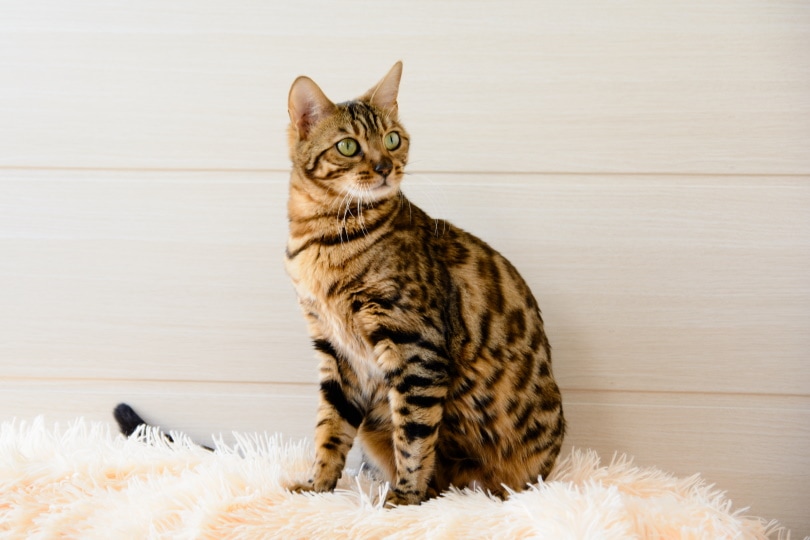
Conclusion
Bengal cats are typically healthy animals that can live long, happy, and healthy lives without any problems. However, there are a few health conditions that these cats are susceptible to, so it’s important to watch for signs of them throughout your kitty’s life. If you are ever unsure about the status of your Bengal cat’s health or you suspect that a problem is developing, contact your veterinarian as soon as possible.
Featured Image Credit: Uschi Dugulin, Pixabay






